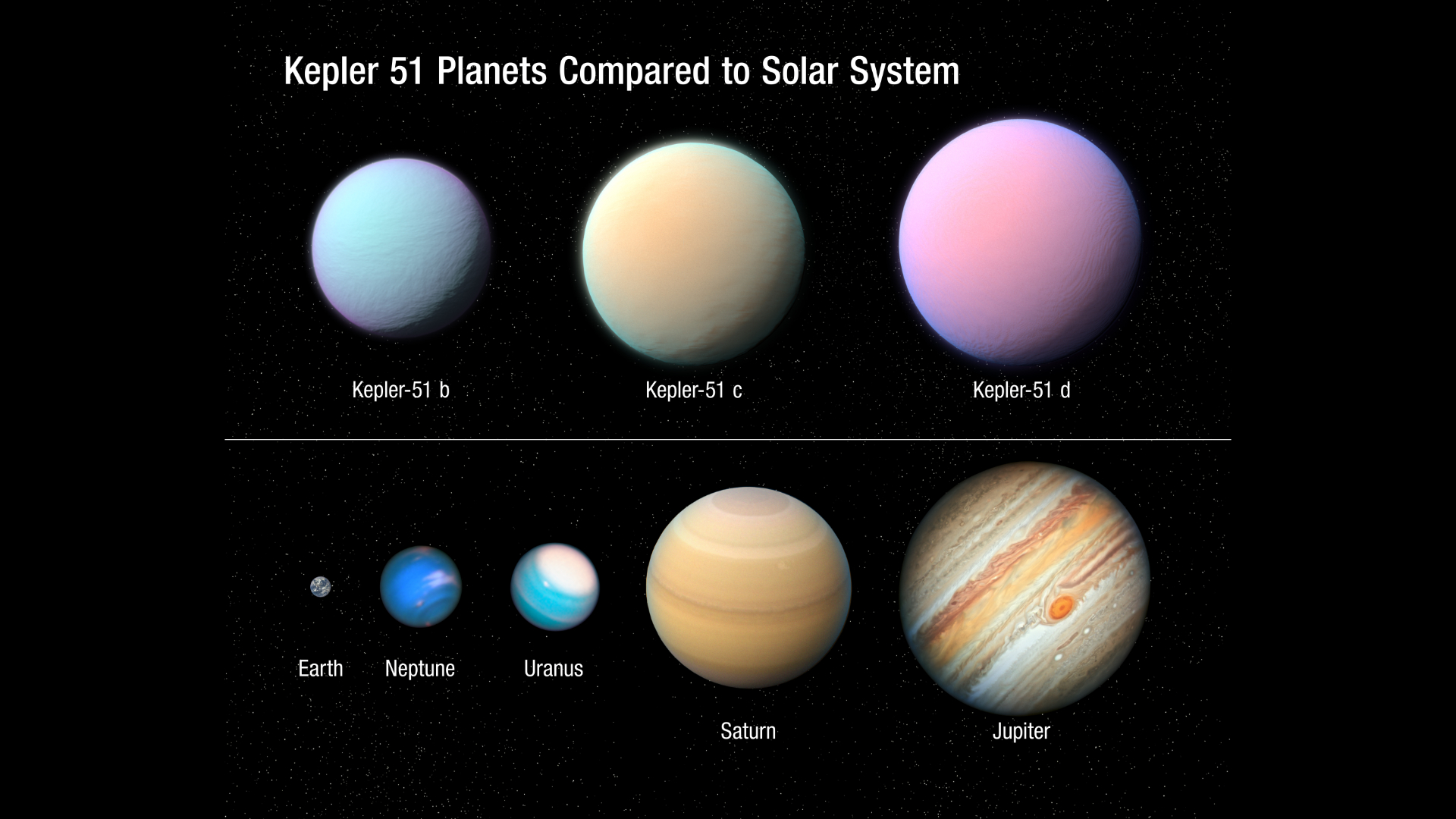//www.planetminecraft.com/css/fonts.css?v=iAIAFChsfiOXhFo1Q2xw8K3yBUtVao3WmHpU39GNnyc7p4lg,//www.planetminecraft.com/css/style.css?v=T9kVa_mNK4oqqiO_-HxUaBfhD1IRVxgYoh1A2x5t8Ij5BGJm,//www.planetminecraft.com/css/editor.css?v=JXg2qF5v-S8uAfYd4r9DPF80sC4h3eHDH-K6Fyux5F5ZWhVm
MEMBER
default
{"code":"owned","key":"bee","type_id":5,"award_id":686,"mid":3402435,"spawn":1}





its probably a bit slower, but not too slow
The other six are Melquíades, HD 17051 b, HD 28185 b, HD 27442 b, HD 188015 b, and Pipitea.